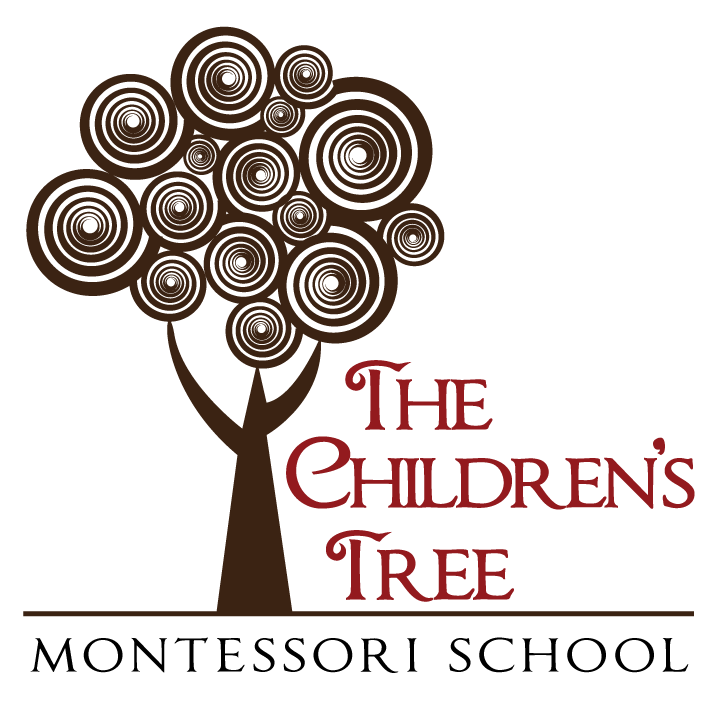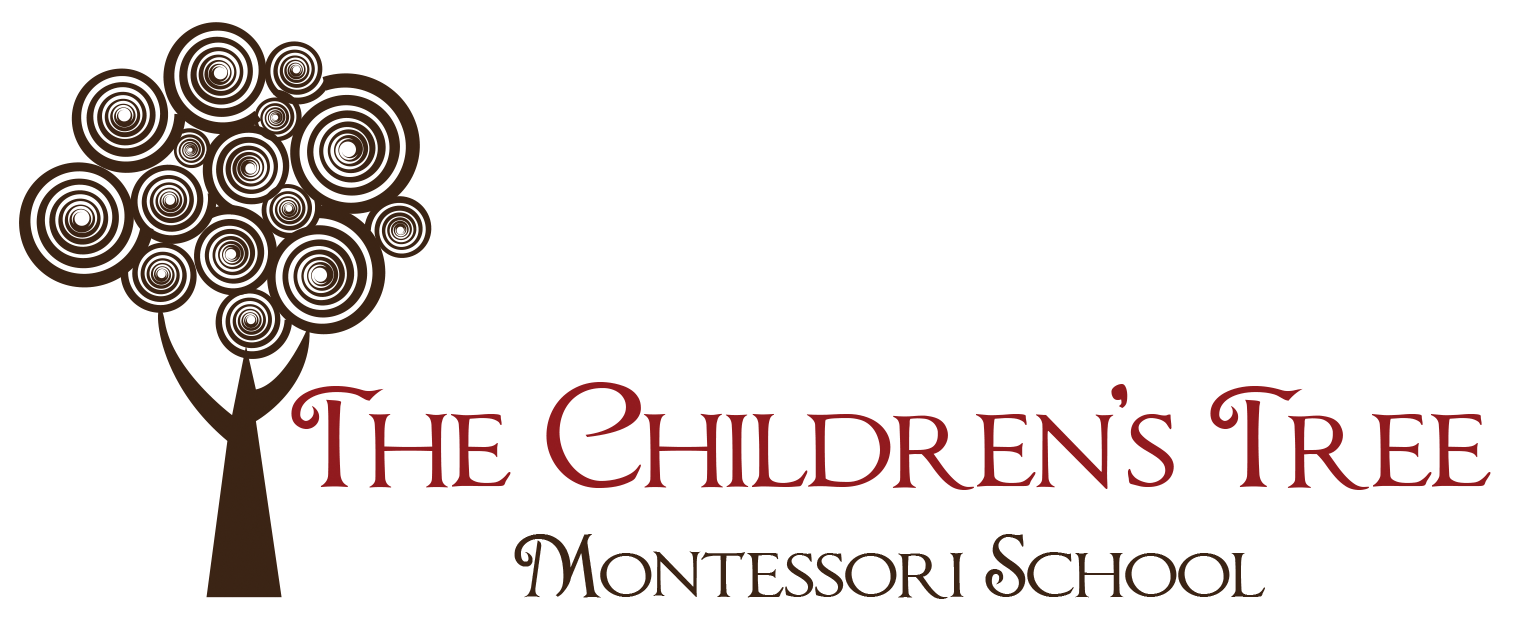Mathematics
Hands-on Math
Math studies begin from day one and grow with a child. The Primary Classroom uses sensorial materials to explore concrete mathematical equations and moves to abstract ones as the student masters’ basic concepts. Mathematics is taught both individually and in small groups as students develop. In a Montessori preschool classroom, children as young as three can successfully add and subtract using the materials provided. Children learn operations with numbers (addition, subtraction, multiplication, and division) and memorization of math facts, which together form the foundation for working out complex math problems.
Numbers through 10
Children learn numerics by matching a quantity of objects such as glass beads or counting rods with their corresponding number. Once they have mastered this skill they are ready to start calculating.
The Decimal System
To familiarize with the different categories of numbers to introduce reading of symbols. This helps with reading large numbers and understanding place values.
Linear and Skip Counting
Linear counting helps children become aware of numbers 1-1000. This activity is restful and mechanical which helps establish the process of counting.
Tables of Arithmetic
These specific materials reinforce that addition and multiplication are the same concept. After addition and multiplication are understood, subtraction materials are presented. This leads to preparation for geometry and algebra. The child does each of the tables in the same manner, memorizing the core math facts in a way that doesn’t teach to a test but rather, allows for self-discovery by kinesthetically manipulating material.
Click here for video demonstrations of Montessori lessons.
PROGRAMS
Privacy Policy | Accessibility
The Children's Tree Montessori School

